

Das große Insektensterben(2018)


Movie: Das große Insektensterben
Top 1 Billed Cast
Speaker

Das große Insektensterben
HomePage
Overview
Release Date
2018-11-23
Average
0
Rating:
0.0 startsTagline
Genres
Languages:
DeutschKeywords
Similar Movies
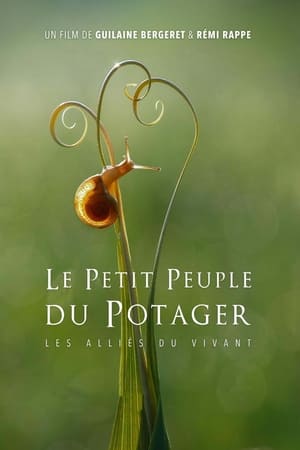 7.1
7.1The Marvelous Wild World of the Vegetable Garden(fr)
This is the story of a vegetable garden, from the first seeds to the harvest. But this garden is different, because here the gardener has decided to banish pesticides and other chemicals, and to be helped only by discreet workers, the insects. As we dive into the heart of this plant kingdom, we discover thousands of tiny lives that organize themselves as in a micro-society: decomposing insects, recyclers, pollinators, the workers of the garden work to maintain a fragile balance within the vegetable garden. As the plants grow and begin to produce their first vegetables, the incredible interactions between insects and plants help protect the future harvest. But it is also their personal stories that punctuate the life of the garden. Between parades, mutual aid and attempted putsch, the story of the vegetable garden thus takes the form of a true nature tale.
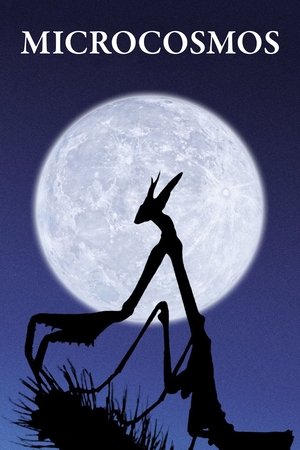 7.5
7.5Microcosmos(fr)
A documentary of insect life in meadows and ponds, using incredible close-ups, slow motion, and time-lapse photography. It includes bees collecting nectar, ladybugs eating mites, snails mating, spiders wrapping their catch, a scarab beetle relentlessly pushing its ball of dung uphill, endless lines of caterpillars, an underwater spider creating an air bubble to live in, and a mosquito hatching.
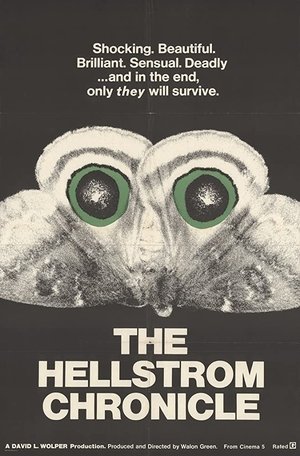 6.4
6.4The Hellstrom Chronicle(en)
A scientist explains how the savagery and efficiency of the insect world could result in their taking over the world.
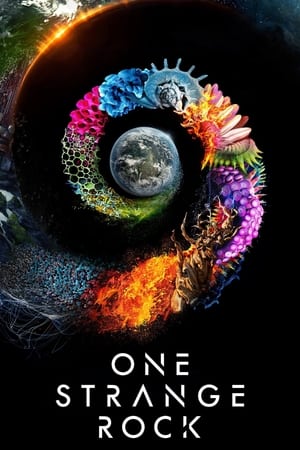 5.7
5.7One Strange Rock(en)
A mind-bending, thrilling journey exploring the fragility and wonder of planet Earth, one of the most peculiar, unique places in the entire universe, brought to life by the only people to have left it behind – the world’s most well known and leading astronauts. This edit combined episodes one and ten to create a new movie.
Edwardian Insects on Film(en)
In 1908, amateur naturalist and pioneering filmmaker Percy Smith stunned early cinema goers with his footage of the juggling fly. Hailed as the father of Natural History film, Smith was a hugely influential visual pioneer, inventing many techniques that are still used today. Being both a genius and an eccentric, we follow his life from his earliest films, to the collapse of his house from his mould experiment to his ultimate suicide. We also meet Natural History icon Sir David Attenborough, who was so amazed by Smith’s films in the 1930s that they inspired him to get into natural history.
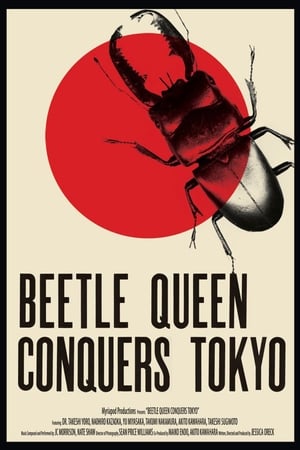 5.6
5.6Beetle Queen Conquers Tokyo(ja)
Untangling the web of cultural and historical ties underlying Japan's deep fascination with insects.
 4.5
4.5The World's Biggest and Baddest Bugs(en)
The World's Biggest and Baddest Bugs, follows host Ruud Kleinpaste, as he embarks on an entomological odyssey around the globe in search of the ultimate biggest and "baddest" creepy crawlies. The World's Biggest and Baddest Bugs will then profile the "stars" of the show, with Ruud explaining in his audience-friendly style exactly what makes them so amazing.
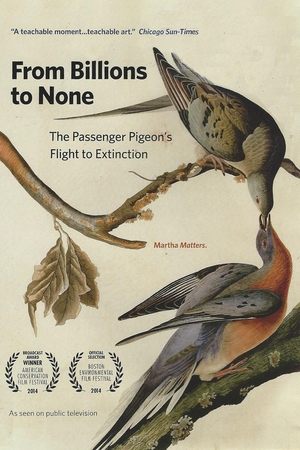 0.0
0.0From Billions to None: The Passenger Pigeon's Flight to Extinction(en)
The passenger pigeon, the most abundant bird species in North America for thousands of years, became extinct by human hands in a geologic heartbeat. Its story remains relevant to conservation challenges today, and there are even plans for its possible revival. Rare archival material, CGI animation, and aerial cinematography combine to recreate the awe-inspiring nature of these birds.
 0.0
0.0I Want to Stay an Ant(ja)
Satoshi Kuribayashi and his team filmed the insects for over an astonishing 430 days, resulting in breathtaking images and scenes from a still fairly unknown world. Watch a mantis sneak up on its prey and catch it with its razor sharp claws. Experience a deadly, thrilling wasp fight. Sit back and watch the world of the insects unfold before you like you have never experienced it before.
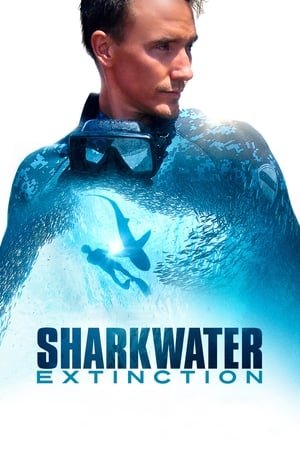 7.0
7.0Sharkwater Extinction(en)
Discovering that sharks are being hunted to extinction, and with them the destruction of our life support system - activist and filmmaker Rob Stewart embarks on a dangerous quest to stop the slaughter. Following the sharks - and the money - into the elusive pirate fishing industry, Stewart uncovers a multi-billion dollar scandal that makes us all accomplices in the greatest wildlife massacre ever known.
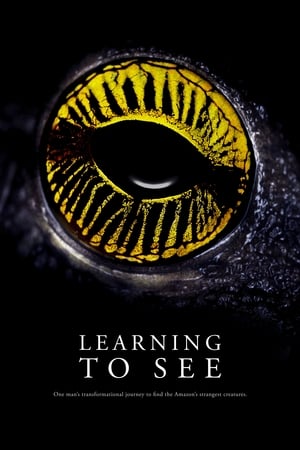 7.8
7.8Learning To See(en)
Struggling with a mid-life crisis, Robert Oelman leaves his psychology career in the early 1990s to photograph rare and exotic insects. After moving from the United States to Colombia, he forms a special bond with his subjects in the Amazon rainforest. This connection enables him to make striking photographic images of new and undocumented species. After more than 20 years of traveling, searching, and photographing, his quest culminates with a New York City gallery show where he finally shares his images with the public.
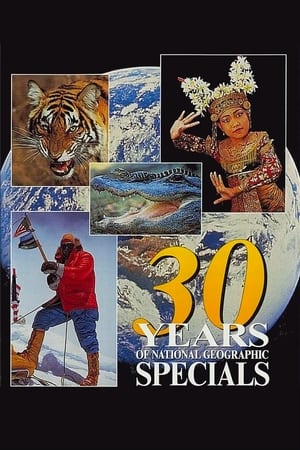 7.0
7.030 Years of National Geographic Specials(en)
Celebrates 30 years of televised specials by The National Geographic Society.
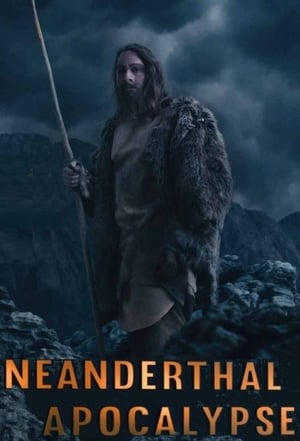 7.0
7.0Neanderthal Apocalypse(en)
40, 000 years ago the steppes of Eurasia were home to our closest human relative, the Neanderthals. Recent genetic and archaeological discoveries have proven that they were not the dim-witted cave dwellers we long thought they were. In fact, they were cultured, technologically savvy and more like us than we ever imagined! So why did they disappear? We accompany scientists on an exciting search for an answer to this question and come to a startling conclusion …
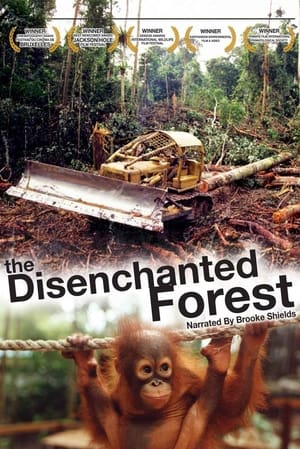 0.0
0.0Disenchanted Forest(en)
We call them o-rang-u-tans, which literally means "forest persons" in the Malay and Indonesian languages. They are the only great apes native to Asia. Of all the apes, they are the closest to man in genetic makeup. And they face extinction. Two years in the making, the film is an intimate portrayal of the world of orangutans, the threats to their survival and the people committed to help them thrive. The film focuses on a recent discovery that orangutans do not rely on animal instinct for survival, but instead have a culture that they have preserved from generation to generation.
 9.0
9.0Insekten, Superhelden auf sechs Beinen(de)
Over the course of evolution, insects have developed abilities that amaze us humans. The small "notched animals", the Latin translation of the word Insecta, are the most successful creatures on this planet. The documentary shows how insects can help solve some of the biggest problems of our time.
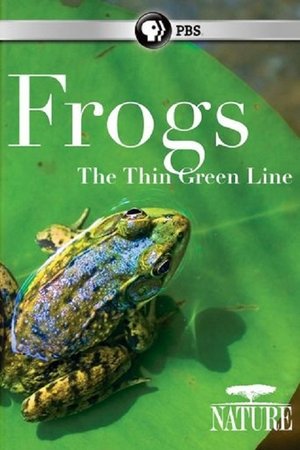 6.0
6.0Frogs: The Thin Green Line(en)
An examination of the extinction threat faced by frogs, which have hopped on Earth for some 250 million years and are a crucial cog in the ecosystem. Scientists believe they've pinpointed a cause for the loss of many of the amphibians: the chytrid fungus, which flourishes in high altitudes. Unfortunately, they don't know how to combat it. Included: an isolated forest in Panama that has yet to be touched by the fungus, thus enabling frogs to live and thrive as they have for eons.
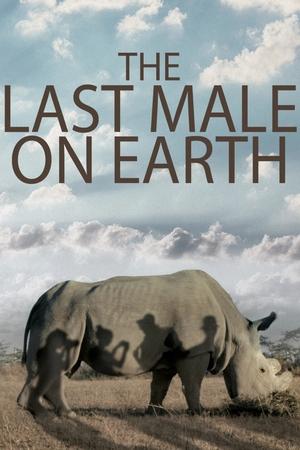 7.0
7.0The Last Male on Earth(en)
Ever since there’s only one male northern white rhino remaining on earth, armed bodyguards protect him, tourists are standing in line to make a selfie with him, journalists rush to Kenya to tell his story and scientists are determined to find ways to reproduce his species. What is so attractive about the threat of extinction? How does this reflect on us?
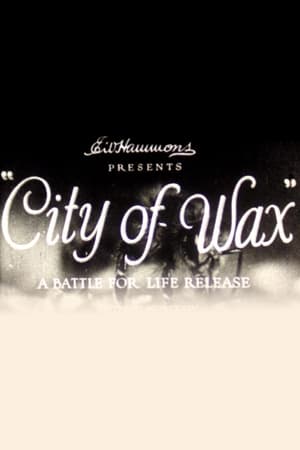 7.0
7.0City of Wax(en)
City of Wax is a 1934 American short documentary film produced by Horace and Stacy Woodard about the life of a bee. It won the Oscar at the 7th Academy Awards in 1935 for Best Short Subject (Novelty). Preserved by the Academy Film Archive in partnership with the UCLA Film and Television Archive in 2007.
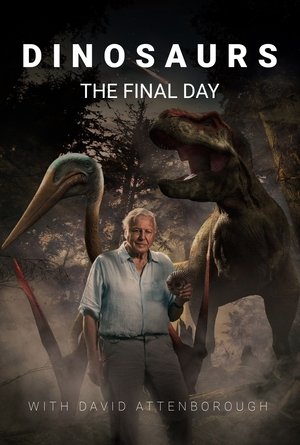 7.3
7.3Dinosaurs: The Final Day with David Attenborough(en)
David Attenborough brings to life, in unprecedented detail, the last days of the dinosaurs. Palaeontologist Robert DePalma has made an incredible discovery in a prehistoric graveyard: fossilised creatures, astonishingly well preserved, that could help change our understanding of the last days of the dinosaurs. Evidence from his site records the day when an asteroid bigger than Mount Everest devastated our planet and caused the extinction of the dinosaurs. Based on brand new evidence, witness the catastrophic events of that day play out minute by minute.
